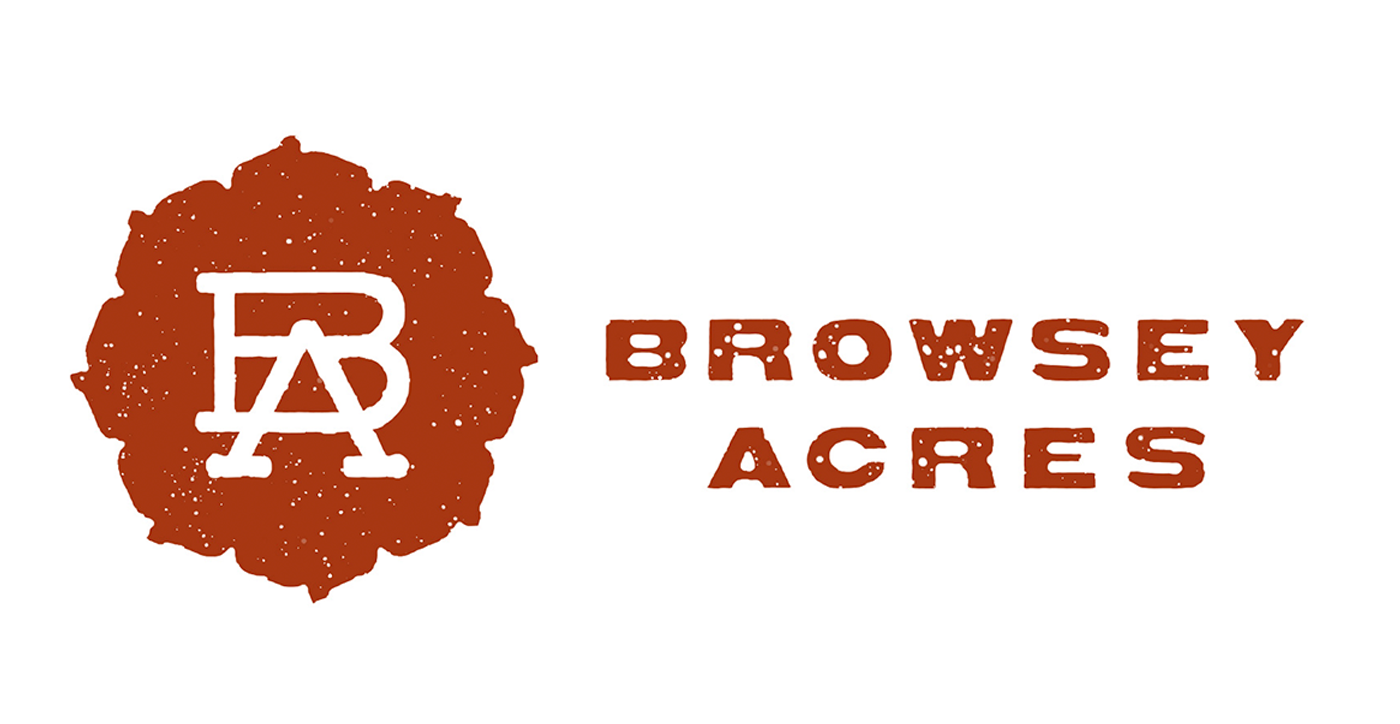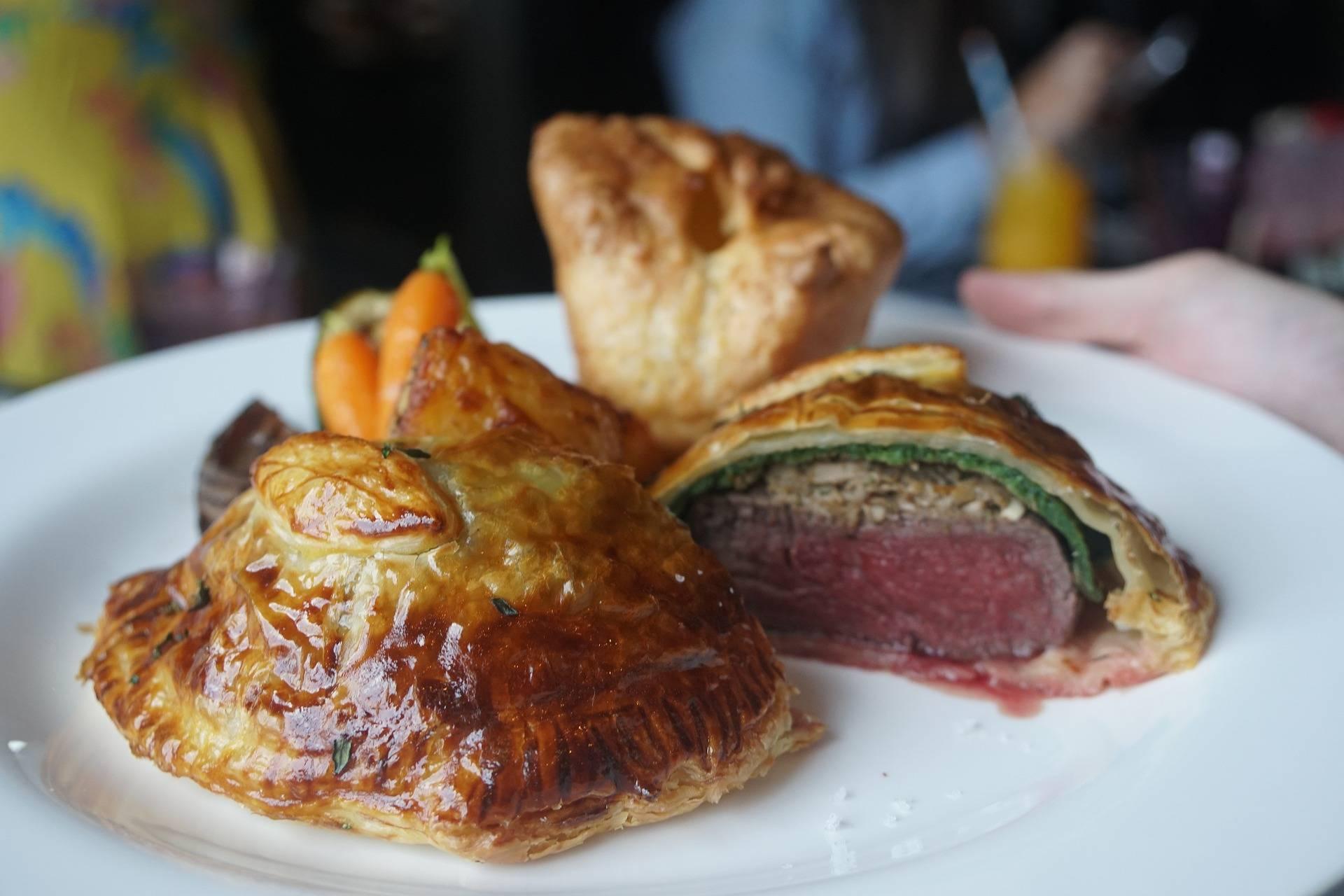Beef Wellington. It’s the dish that Ronda Rousey’s buddy Gordon Ramsay calls “the ultimate indulgence” and says would definitely make his “last supper” menu. Like many famous meals, the exact origin of Beef Wellington is unknown, though it was most likely inspired by a handful of places and cultures.
The widely accepted story is that it was created to celebrate Arthur Wellesley, Irish general of the British army, becoming the first Duke of Wellington—hence the name. Allegedly, the dish commemorated the victory the Duke had over Napoleon Bonaparte at the Battle of Waterloo in 1815. Plus, Beef Wellington somewhat resembles the shape of a Wellington boot, a shoe the Duke had popularized in the 19th century.
Beef Wellington is usually made as a whole beef tenderloin wrapped in pâte de foie gras and/or mushrooms, rolled in a shortcrust casing, glazed, and baked. It is often served with a Madeira sauce and sliced in thick portions.
The concept of meat wrapped in pastry was not a nuisance in 1815, which is why it’s possible that Beef Wellington was less of a new dish and more a rebranding of a French dish known as “filet de boeuf en croûte.” It is said that the Duke—who was far from a picky eater—allowed his chef the freedom to create whatever he liked for meals and that the chef liked to make Wellingtons. So perhaps the French dish was simply renamed Beef Wellington during the wars with France.
While Beef Wellington seems to have its closest ties to the U.K. and Europe, in general, many early mentions of this dish came from America, beginning in the early 20th century. Beef Wellington then rose to even more food fame in the U.S. after Julia Child included a “Filet of Beef Wellington” on her TV cooking show, The French Chef, in 1965.
Beef Wellington’s exact origins remain unknown, but that hasn’t made this beef dish any less appetizing.


Share:
What Is a Wagyu Burger?
The Health Benefits of Wagyu